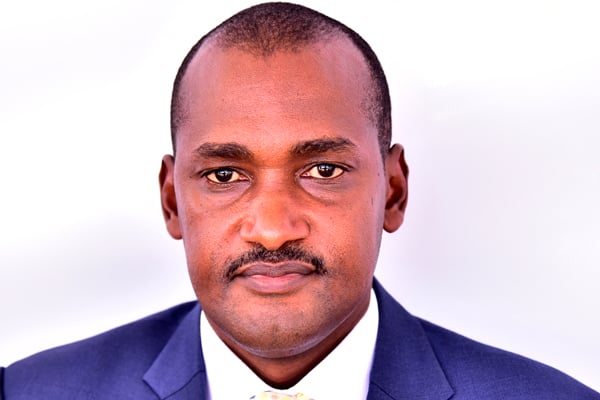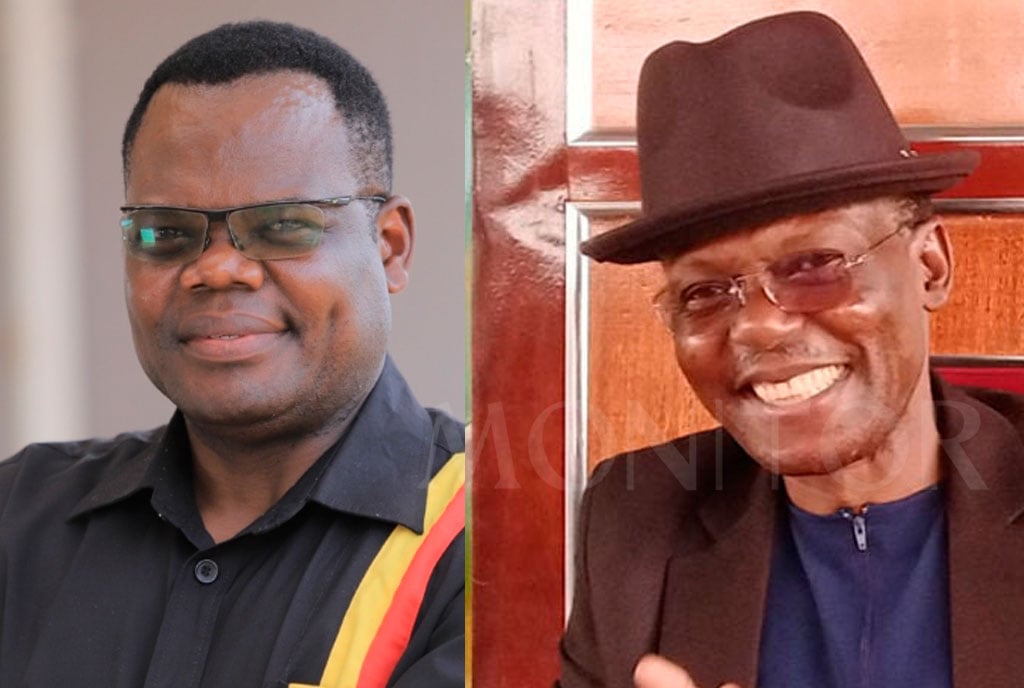Prime
Without land reform, SA will fail to lift majority of black people from poverty
What you need to know:
Need for land reform. Without land reform, ANC and Ramaphosa will fail to lift the majority of the black people from abysmal poverty and will fail in ending social apartheid.
In 1996, while I was a teaching at the University of Cape Town, I was invited by the Truth and Reconciliation Commission to be an in-house critic at a town hall they had organised. A member of the largely black African audience told this story: “Tom and John were neighbours. One day Tom stole John’s bicycle. They did not speak for years until the day Tom extended his hand to John and said, “Let us reconcile.”
“What about my bicycle?” asked John.
“Forget the bicycle,” said Tom. “Let it not stand between us.”
John’s question has now turned into a growing social movement. For the second time in a half century, South Africa is in the throes of a country-wide mobilisation of transformative potential. Much like the first, which swept away apartheid’s legacy of racialised citizenship, this moment is spearheaded by student and labour movements, focusing on the land question as the way to address the social legacy of apartheid.
If building a common polity was the promise of the new South Africa, its challenge was the realisation of social justice for the vast majority of the country, one which had been forcibly excluded from the common journey until only yesterday. South Africa’s president Cyril Ramaphosa of the African National Congress (ANC), who was re-elected in May, conveyed his awareness of the challenge during his inauguration speech, saying that South Africa “can no longer abide by the grave disparities of wealth and opportunity that have defined our past and which threaten to imperil our future.”
The ANC won the May elections, but with the lowest share of votes since the end of the apartheid in 1994, a stark illustration of its continued failure to address these disparities. Led by Julius Malema, The Economic Freedom Fighters party were the beneficiaries, with their push for the nationalisation of land, banks and mineral rights.
South African apartheid borrowed key institutions from its North American predecessor. The Natives Land Act of 1913 appropriated 87 per cent of all arable land for the whites and left a mere 13 per cent for the black majority who were herded into separate ethnic homelands. The American “reservation” became the South African “reserve” whose native inhabitants were governed by an ethnically coded patriarchal “customary” law enforced by State-appointed “traditional chiefs”. After 1913, in rural reserves, black people were deprived of the right to buy or sell land; they could only occupy and use land with the consent of a government-appointed traditional chief. In 1923, black people in urban areas were deprived of freehold property rights.
When the Afrikaaner party won the Whites-only elections in 1948, it introduced formal apartheid and it implemented a comprehensive programme for the restoration of fully autonomous tribal authorities, charged with disciplining and containing black labour in rural areas. The reserves became Bantustans.
At the end of apartheid in 1994, 60,000 white farmers held 86 per cent of all farmland. Thirteen million blacks, many of whose forebears had been dispossessed in 1913, held the remaining 14 per cent, much of it poor-quality land.
Post-apartheid South Africa was marked by two glaring birthmarks: Racialised inequality in urban areas and tribalised despotism in Bantustans. President Nelson Mandela and the ANC promised to transfer 30 per cent agricultural land from White to Black hands by 1999, securing their ownership rights through tenure reform, and reform the power structure in the former Bantustans. But it has failed to do either meaningfully. Instead of being democratised, chiefship was rationalised as native “custom.” In the new South Africa, non-racial democracy in urban areas coexists with ethnicised despotism ensuring chiefly control over land in rural areas.
A mere 8 per cent of land was transferred from White to Black hands in over 24 years. The budget for land reform was pitiful less than 1 per cent of the national budget. The “Willing Buyer, Willing Seller” market-based reform, where government bought large tracts of land from White farmers to sell pieces to landless applicants, allowed White farmers to drive up the price of land. And many Whites weren’t willing to sell.
But the demand for land is increasingly urban in South Africa. In the post-apartheid South Africa, a third of the population lives in predominantly rural former Bantustans, another third in urban areas which comprise both affluent suburbs and impoverished townships and the remaining third in informal shanties around formal townships.
Out of South Africa’s 58 million, over 27 million are without proper housing, living in match-box houses built by the ANC government, slum-type shacks, on farms belonging to others and in impoverished communal areas in former Bantustans, according to an estimate by Ben Cousins, a researcher at Institute for Poverty, Land and Agrarian Studies. How land is utilised and by whom has direct bearing on growing unemployment, which at the current rate of 27 per cent, is the premier economic and social issue in South Africa. The post-1994 land reform programme has been a dismal failure. And that failure and growing dissatisfaction has led to an intense debate on land reform, forcing the ANC to introduce a Bill in Parliament last year to go for expropriation of land without compensation, which is yet to be debated.
The “Willing Buyer Willing Seller” formula is defended by the Democratic Alliance, the main Opposition party, a post-1994 liberal coalition of Whites and the newly rich Black middle class, which stands for an unqualified defence of the right of private property. In 1996, Mandela signed into law the new Constitution of South Africa, whose Article 25 deals with land and property rights. It prohibits “arbitrary deprivation of property,” but allows expropriation of land for “public interest” after “just and equitable” compensation. Part of the debate focuses on whether the country needs a constitutional amendment. Many in the ANC say no since Article 25 allows for appropriation without compensation where public interest is concerned. Skeptics argue that the clause will not deter endless litigation in courts. The Economic Freedom Fighters are calling for nationalisation of all rural land without compensation.
Ramaphosa ensured foreign investors at a Goldman Sachs/Eskom event in Johannesberg on May 16 that there will be no land grabs and that land reform and expropriation without compensation would take place in an orderly manner. At the same time, he has reminded people that the ANC was formed in 1912 to fight against laws that disenfranchised Black South Africans of their land.”
South Africa needs a triple reform to have an even chance to dismantle the social legacy of apartheid: A land reform that passes control over communal areas from traditional chiefs to the present tillers of the land in rural areas, allows the urban poor to produce food and graze livestock in municipal commons, and provides land for housing for the millions in informal settlements. Without land reform ANC and Ramaphosa will fail to lift the majority of the Black people from abysmal poverty and will fail in ending social apartheid.
Few doubt that the specter of Zimbabwe plagues South Africa’s political leaders. In the absence of a credible response to the land question, the ANC’s fear of populism and demagoguery is likely to come true.
Prof Mamdani is the director of the Makerere Institute of Social Research in Uganda. The article was first published byThe New York Times, International Edition,
June 17 2019.




